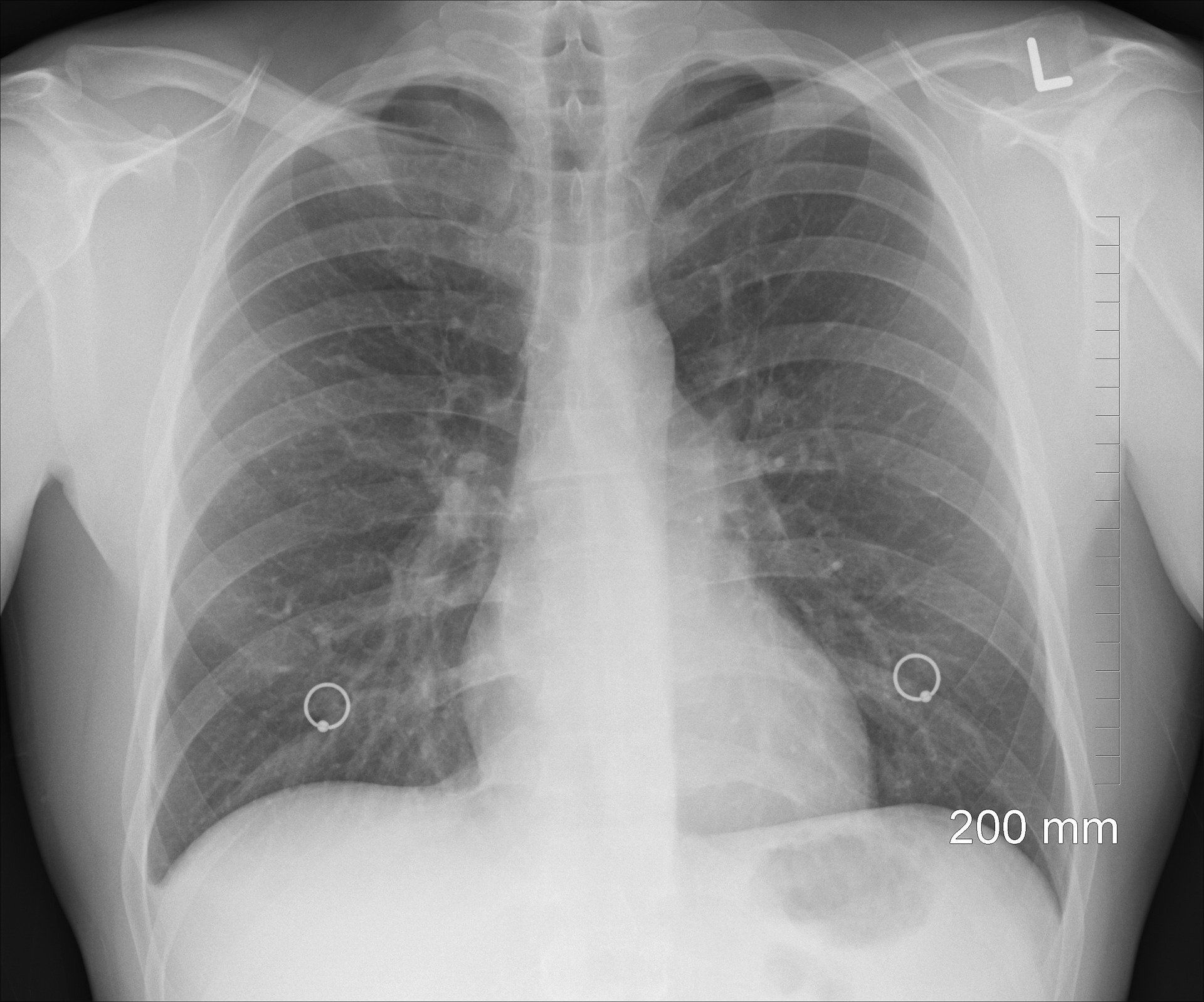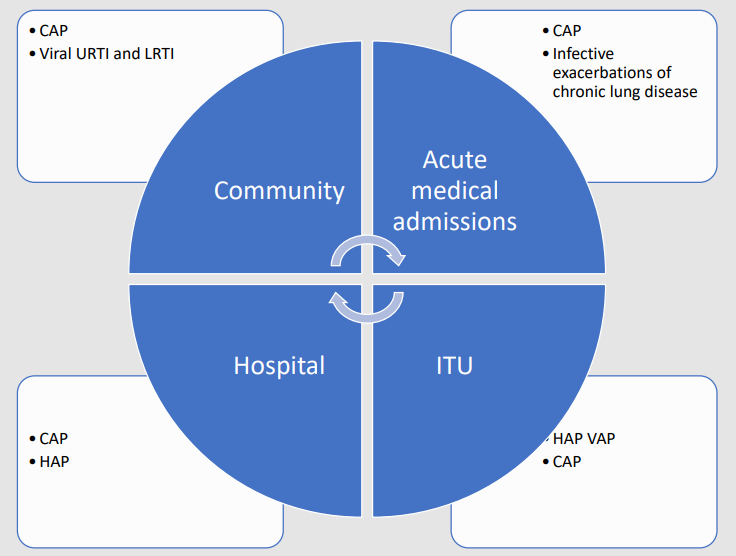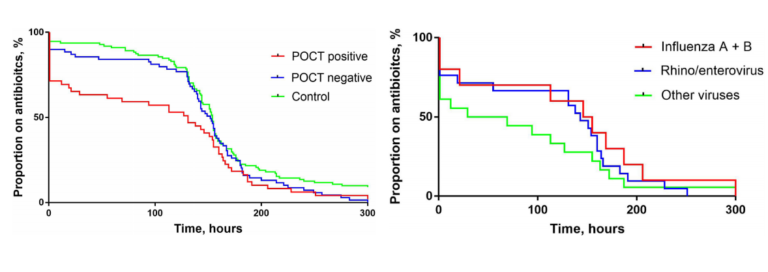Home / Healthcare & Medicine / Antimicrobial & Antibiotic Resistance / Syndromic Testing and Antimicrobial Stewardship / What is rapid syndromic testing for respiratory infections?
This article is from the free online
Syndromic Testing and Antimicrobial Stewardship


Reach your personal and professional goals
Unlock access to hundreds of expert online courses and degrees from top universities and educators to gain accredited qualifications and professional CV-building certificates.
Join over 18 million learners to launch, switch or build upon your career, all at your own pace, across a wide range of topic areas.


 Image: Depending on where the patient is (i.e. the healthcare setting), there is a huge diversity in the organisms seen
Image: Depending on where the patient is (i.e. the healthcare setting), there is a huge diversity in the organisms seen

 Rapid syndromic molecular platforms significantly improve the use of antibiotics and clinical outcomes in patients with pneumonia.
Rapid syndromic molecular platforms significantly improve the use of antibiotics and clinical outcomes in patients with pneumonia. 





